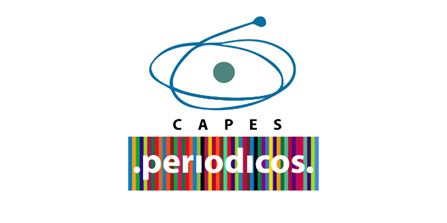TRAPPED IN-BETWEEN: HOW REFUGEE LAW REPRODUCES THE SOVEREIGN BAN
DOI:
https://doi.org/10.14210/rdp.v8n3.p2207-2224Keywords:
International Refugee Law, European Law, Giorgio Agamben, Non-refoulement.Abstract
Although international refugee law was designed to provide surrogate protection to people fleeing persecution, it creates situations in which a person cannot be returned and, simultaneously, cannot be accepted. It is unfruitful to approach the problem through traditional legal concepts. This is not a practical gap, but a conceptual one, caused by the way we think the relationship between sovereignty, territory and life. Giorgio Agamben defines this relationship through the concept of “sovereign ban.” I argue that international refugee law reproduces the “sovereign ban’s” modes of operation, leaving asylum-seekers in the ambiguous position of being included, but excluded at the same time; inside a state’s territory, but outside the protection of the state’s legal-political order. The structural failure of the discourse of refugee law opens space for individualized humanitarian protection. However, the discretionary space of humanitarianism may likewise be fulfilled by unconstrained manifestations of sovereign violence. Re-thinking the conceptual scheme that connects sovereignty, territory and life is a crucial step for a fully inclusive system of refugee protection.Downloads
Downloads
How to Cite
Issue
Section
License
Na qualidade de autor(es) da colaboração, original e inédita, sobre o qual me(nos) responsabilizo(amos) civil e penalmente pelo seu conteúdo, após ter lido as diretrizes para autores, concordado(amos) com o Regulamento da Revista Eletrônica Direito e Política e autorizo(amos) a publicação na rede mundial de computadores (Internet), permitindo, também, que sua linguagem possa ser reformulada, caso seja necessário, sem que me(nos) seja devido qualquer pagamento a título de direitos autorais, podendo qualquer interessado acessá-lo e/ou reproduzi-lo mediante download, desde que obedeçam os Direitos Autorais.

















